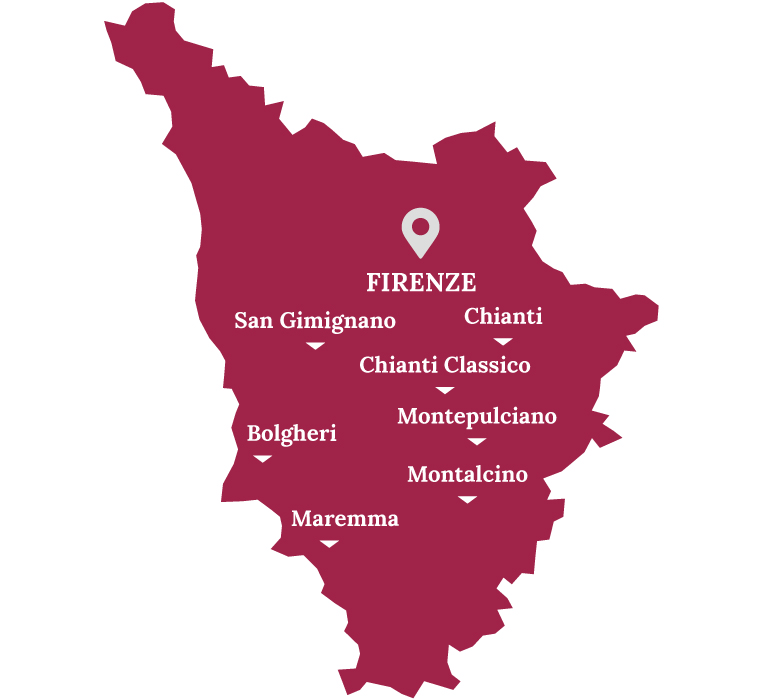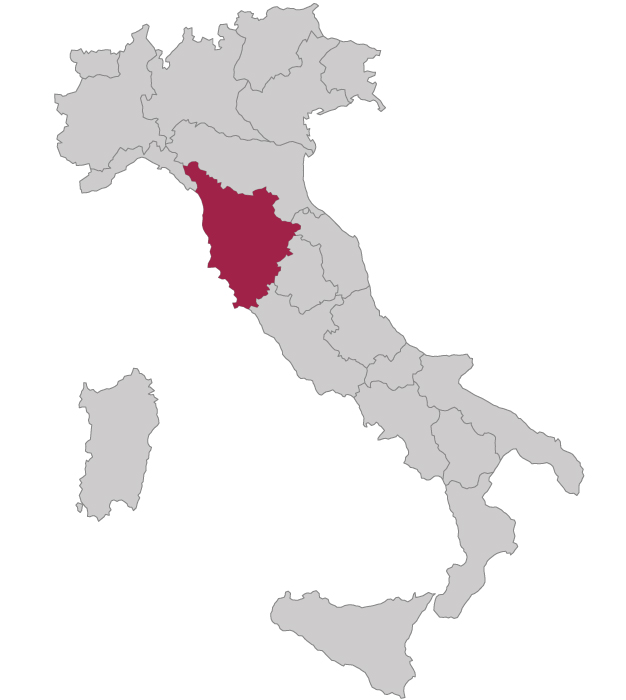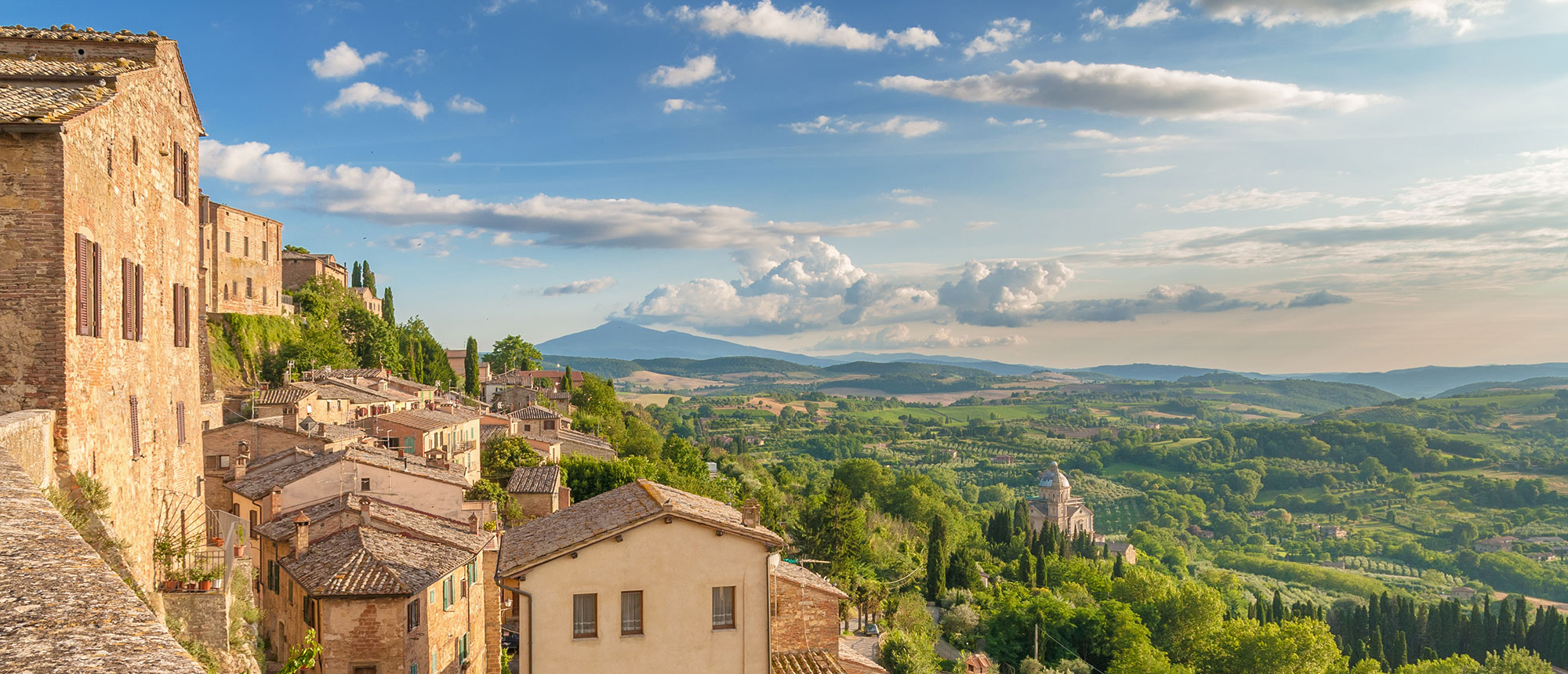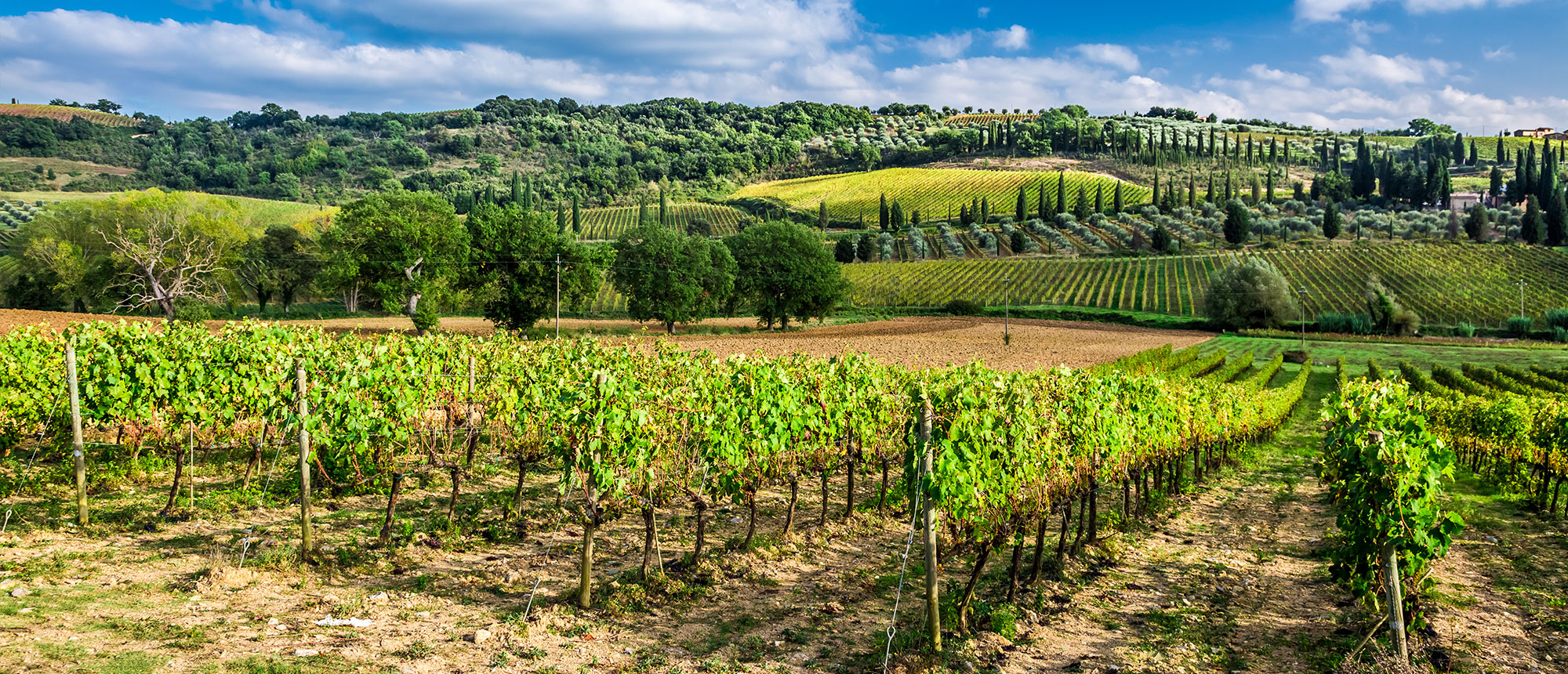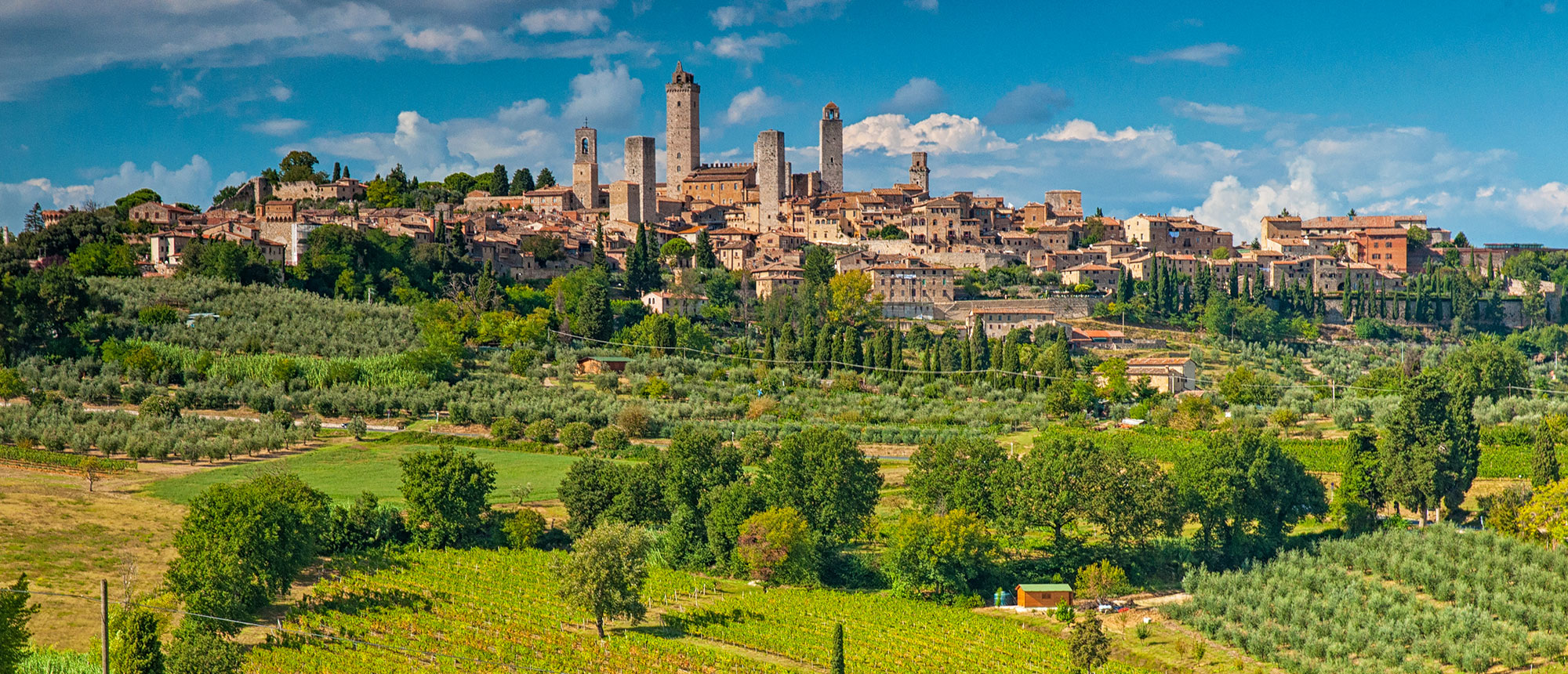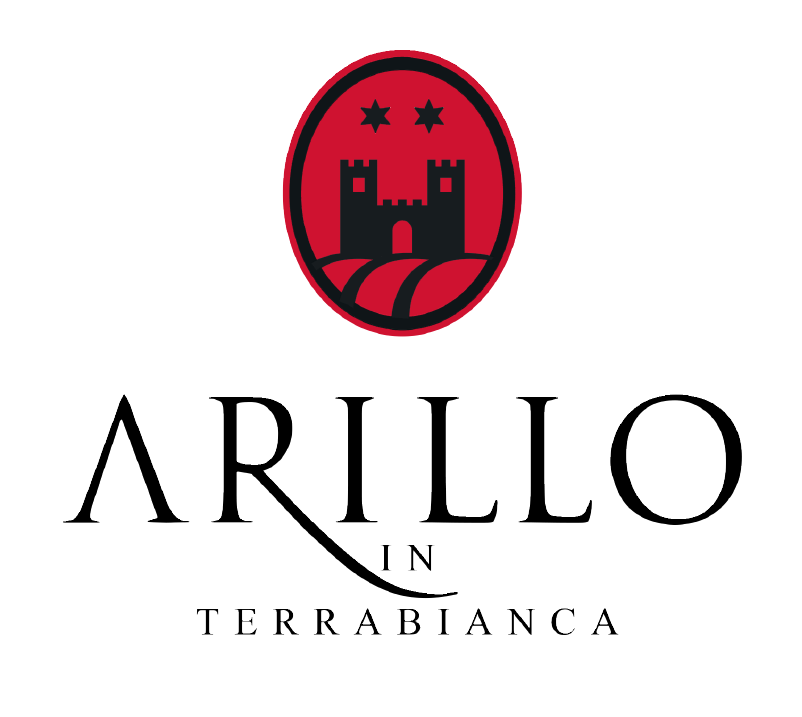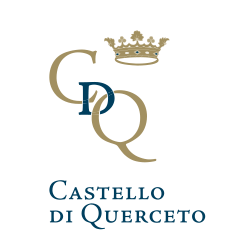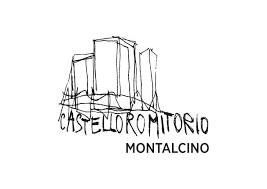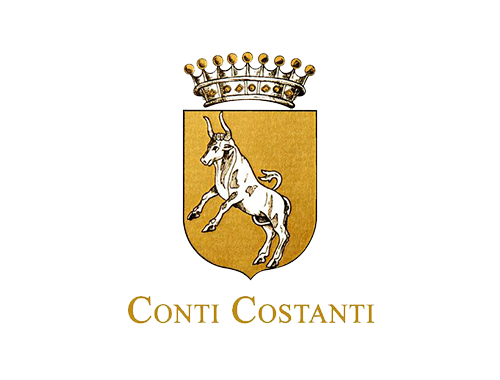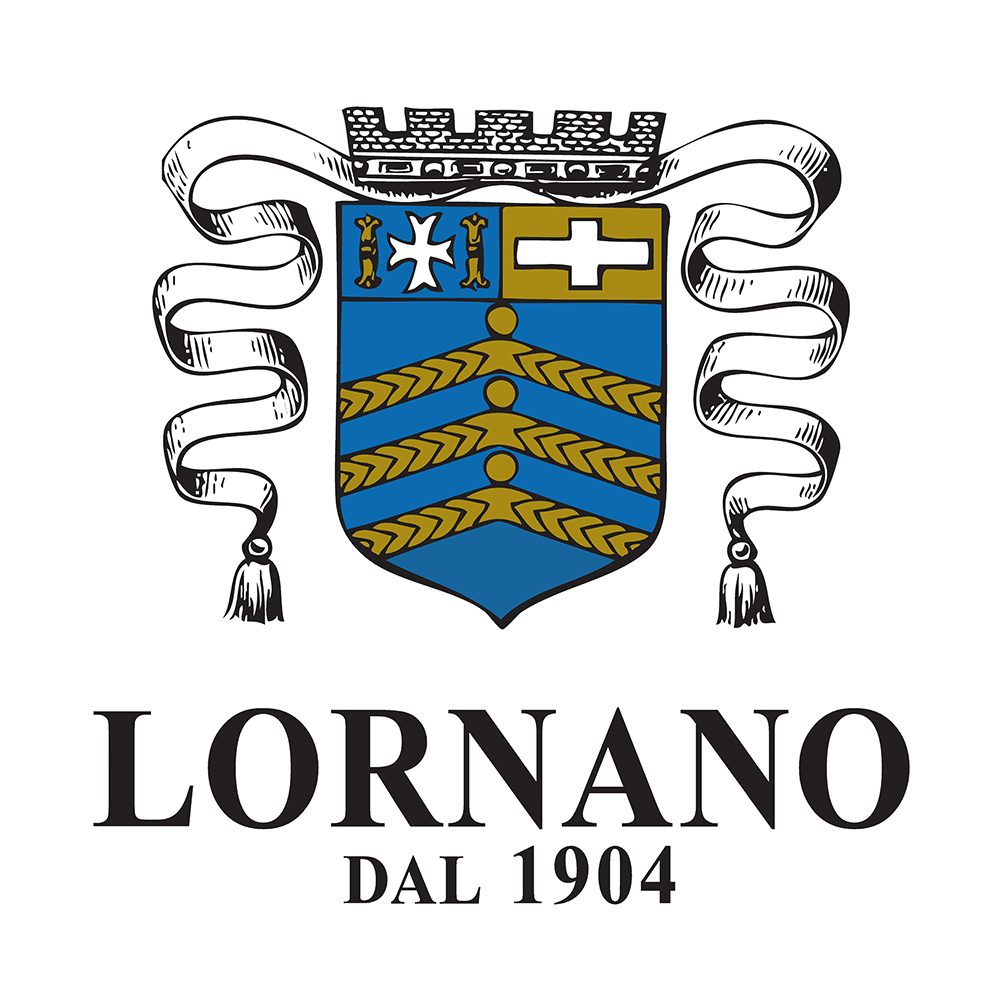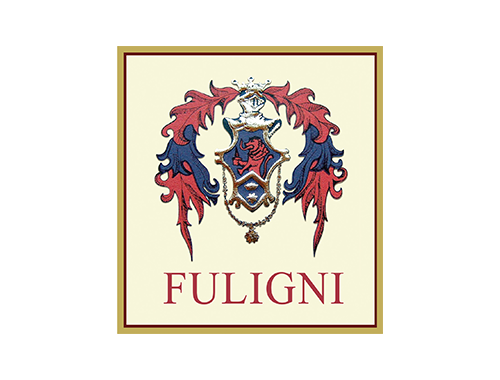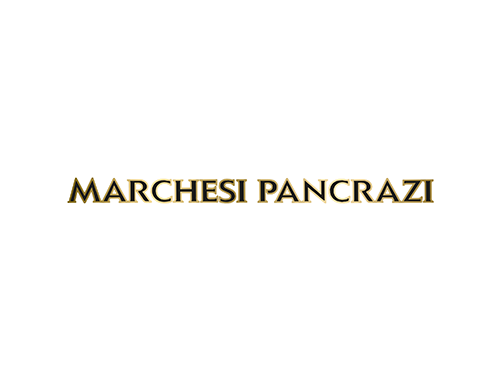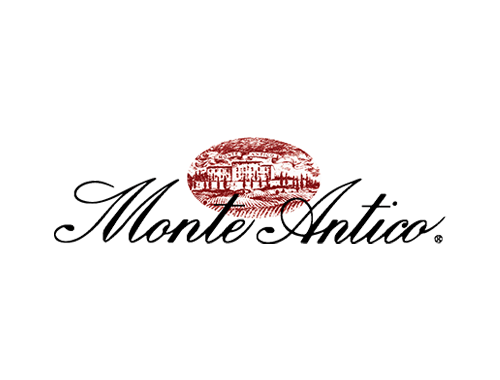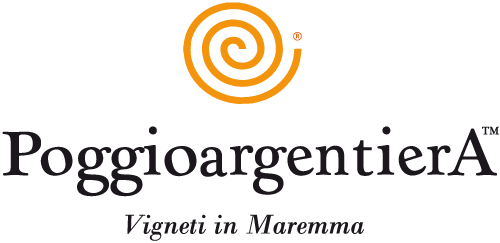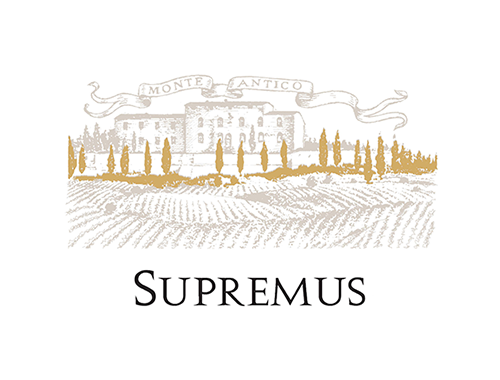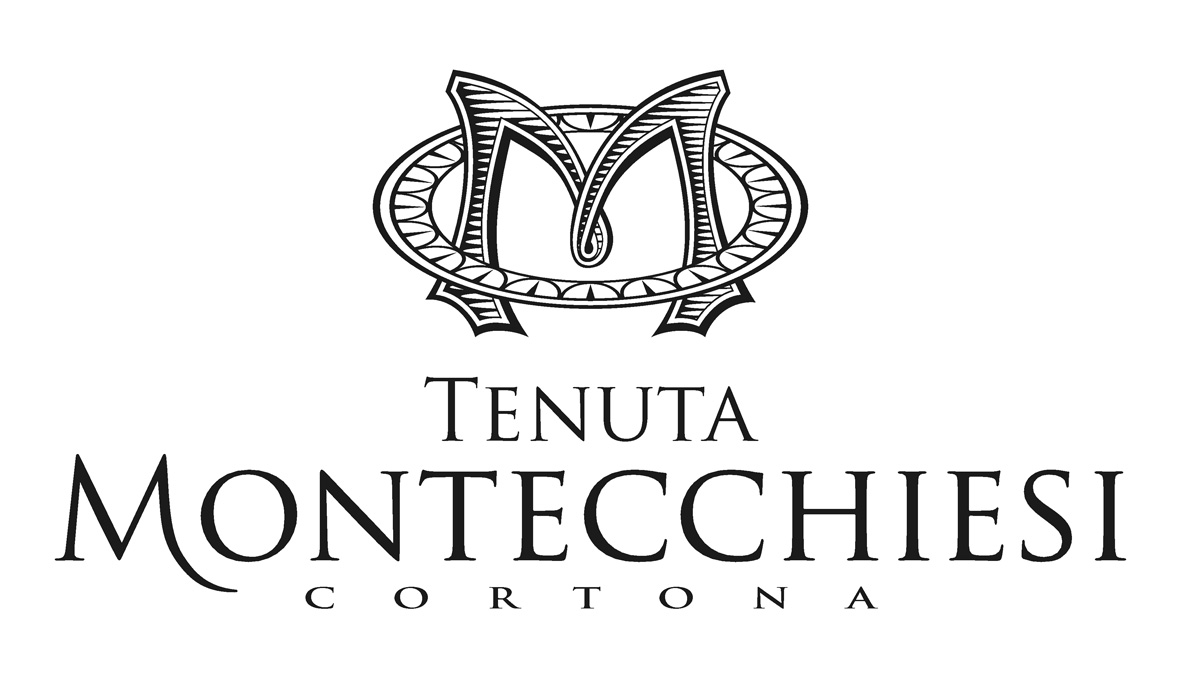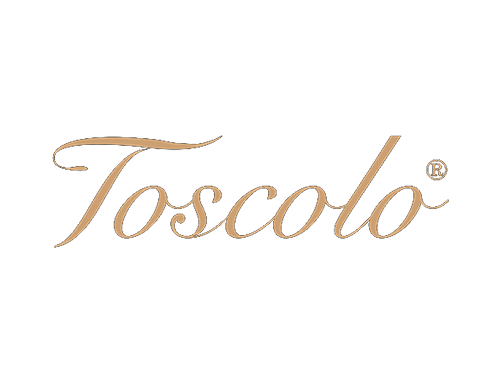Located in central Italy, Tuscany is home to some of the country’s most important wines with a long history dating back to the Etruscans. The region is full of pristine mountains (25%), hills (65%) and flatlands (8%) and enjoys a mostly continental climate, and unique soils – Galestro, for example, which is rocky and shaly and has excellent draining properties – advantageous to wine production. The region’s premier grape – Sangiovese – does especially well here, unfurling full, velvety layers of iris, violet and vanilla aromas, thanks to the aforementioned hills, which allow for good elevation and exposure but especially great day/night temperature swings. There are many clones, such as Sangiovese Grosso, Brunello, Morellino and Prugnolo Gentile that have evolved over the years to the different terroirs of Montalcino, Scansano, Montepulciano and Chianti. As for whites, apart from the traditional Trebbianos and Malvasias, the most famous and ancient variety is Vernaccia di San Gimignano, grown in close proximity to the medieval village of the same name and mentioned even by Dante in the Inferno. It was also the first Italian DOC, nominated in 1966 and promoted to DOCG status in 1993. Other grapes are grown here with excellent often legendary results as well: Chardonnay, Merlot and Cabernet Sauvignon (of Bolgheri fame) and Pinot Noir to name just a few. The area under vine extends 57,861 hectares (143,000 acres), with 2.7 million hectoliters of wine being produced per year.
Map of the region
